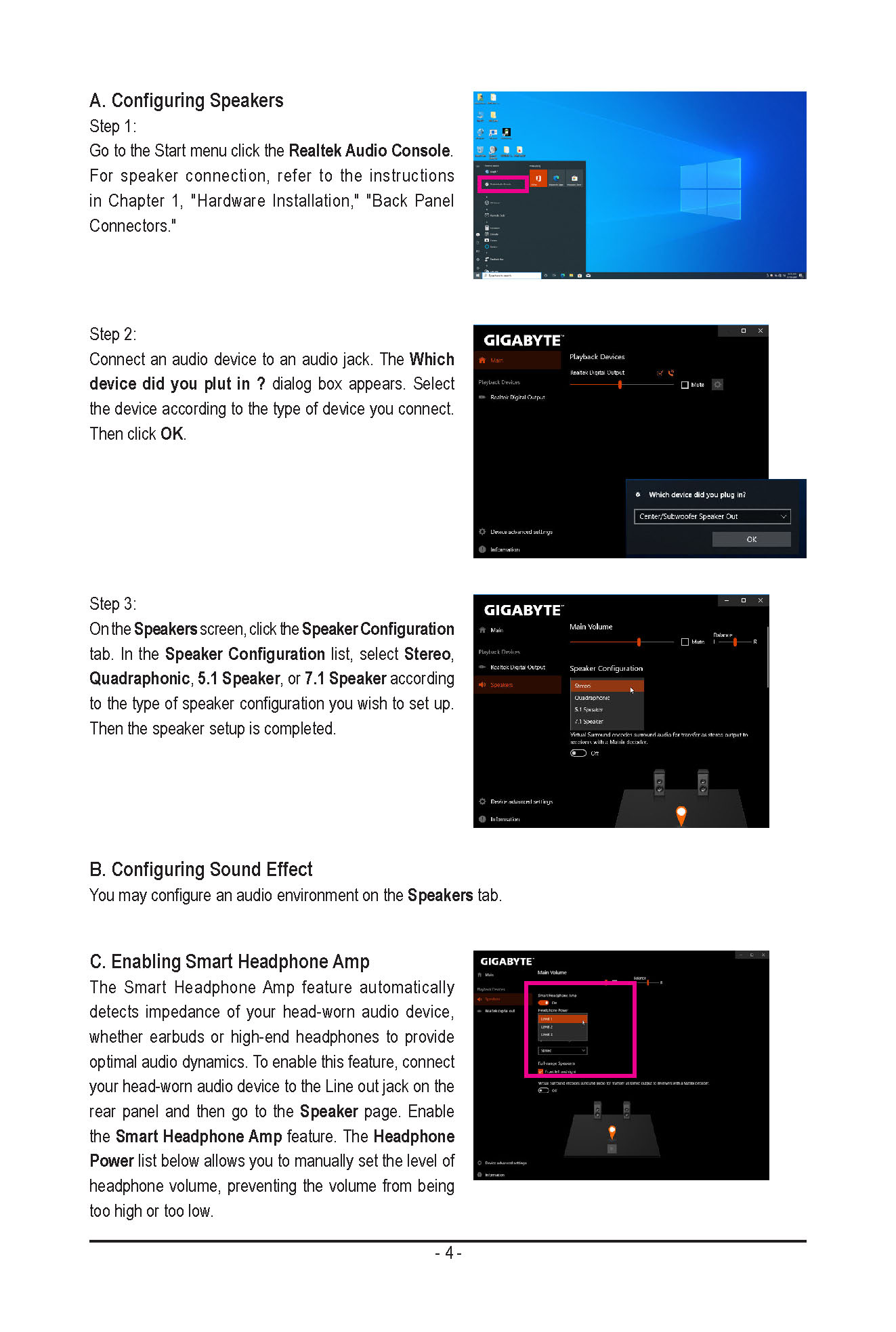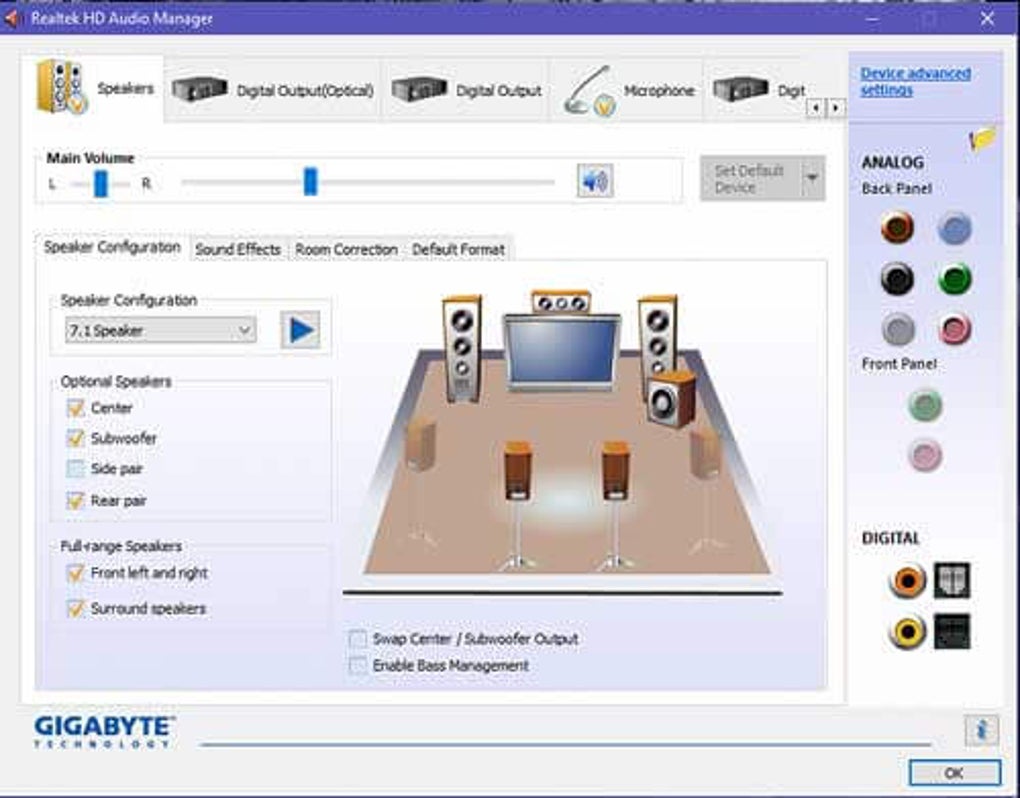

Gigabyte does a good job finding a good balance with its X670 Aorus Elite AX thanks to its 16+2 stage VRM (that we should note is actually two 8 stages, but should be fine) and support for DDR5-6666 memory. Moving down to the X670 chipset, we find lots of motherboards that are about 80% of the way to being X670E grade but cut out features that aren't crucial for gaming. $279 at Amazon $290 at Newegg $290 at Best Buy Finally, the aesthetic of the Taichi is similar to the Strix but has a few questionable spots the gold accent on the left side of the board might clash with some colors, and you'll have to decide whether you like the stylistic gears. That the Taichi is EATX sized rather than ATX also might also pose a problem for chassis compatibility. There are fewer USB ports on the rear panel I/O and some of them run at 3.2 Gen 1 speeds rather than 3.2 Gen 2. It only has one M.2 slot running at PCIe 5.0, with the other three at PCIe 4.0. The Taichi falls a little behind in some other aspects, however. It also matches Asus on DDR5 support, dual PCIe 5.0 x16 slots, Intel 2.5 gigabit Ethernet, and also comes with eight SATA ports instead of four (though that's of questionable value).

The rear panel I/O includes two USB4 ports, something the Strix has zero of. For starters, it has a much larger VRM configuration at 24+2 stages, which is significantly more than the Strix's 18+2.

The five audio jacks plus optical audio might also be appealing if you're into that sort of thing.ĪSRock has been a long-time challenger to Asus, and its X670E Taichi does have some advantages over the Strix X670E-E. The Ethernet on the Strix is Intel's 2.5 gigabit, which isn't the fastest, but it's still a good amount for gamers and even content creators, not to mention that Intel's Ethernet NICs are usually the best. The rear I/O also has a ton of USB ports: 12 USB 3.2 Gen 2 and one 3.2 Gen 2x2. The Strix has eight fan headers, an error code display, SSD heatsinks, and an obscene amount of front-facing USB ports. This board doesn't skimp out on the boring stuff either. The Strix also has an 18+2 stage design for its VRMs, which is more than enough even for the highest-end Ryzen 9 7950X, and support for DDR5-6600. That's a ton of PCIe 5.0 even for an X670E, most of which offer just two PCIe 5.0 M.2 ports for SSDs. For starters, it comes with a plethora of PCIe x16 and M.2 slots, But what sets this board apart from the rest is that most of these run at PCIe 5.0 speeds (two of the x16 and three of the M.2 slots). The Asus ROG Strix X670E-E Gaming is one of the best motherboards you can buy for Ryzen 7000. $480 at Amazon $480 at Newegg $480 at B&H


 0 kommentar(er)
0 kommentar(er)
